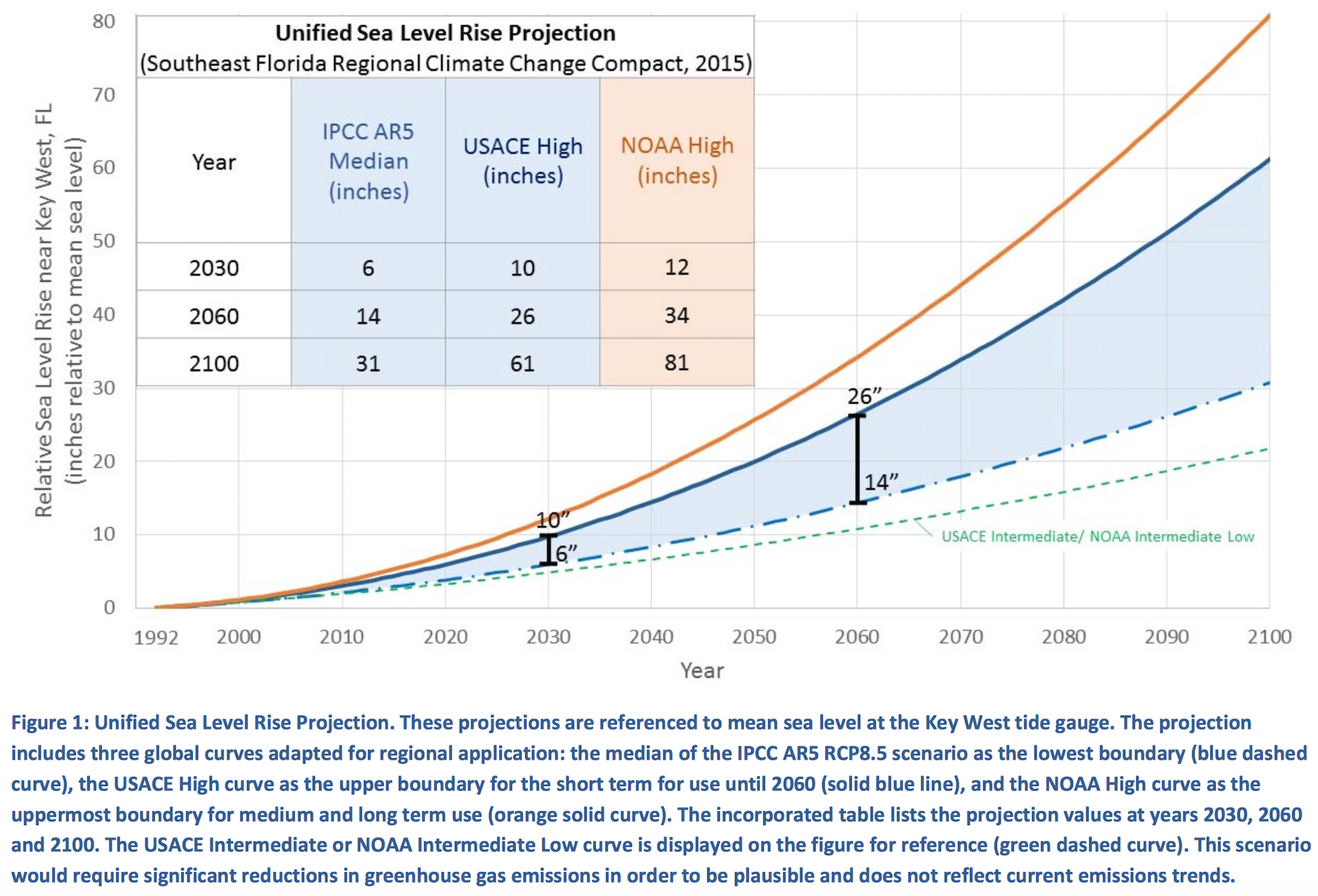Global Warming and Rising Waters
The interconnectedness and delicate balance of earth’s natural systems cause this change in concentration of gases in the atmosphere to set off a chain reaction of changes in the water cycle, food webs, land habitats, and ultimately the dynamics of human populations. The changes in temperature seem to be small, only 2-4 degrees, but this overall increase in temperatures throughout all seasons has significant impacts.
A Simple Explanation of Global Warming
-
When the sun’s radiation hits the earth, some rays bounce off the earth’s atmosphere into space. Some rays penetrate the atmosphere, but are reflected back through the atmosphere; and yet other sun rays are absorbed by the earth and ocean, keeping the planet warm and comfortable (see yellow arrows).
-
Changing air composition allows more of the UV spectrum through the atmosphere, and like a blanket, prevents some of the reflected radiation from escaping. This warms land temperatures and ocean temperatures.
-
Warmer temperatures melt glacial ice caps at the poles, adding more water to the oceans, resulting in sea-level rise. As the polar caps change from white snow to brown earth and deep blue ocean, the darker colored surfaces cause less sunlight to reflect back into space. The earth absorbs more heat, which accelerates the global warming process.
-
Warmer oceans also expand in volume, a process known as thermal expansion, causing more sea level rise.
-
Warmer air temperatures and land temperatures cause greater water evaporation from freshwater bodies. Warmer ocean temperatures alter ocean currents.
-
Together these factors will change weather patterns. We anticipate more extreme events; more intense storms, greater rainfalls, and extended periods of drought.
Sea Level Rise in South Florida
In South Florida sea levels are expected to rise between 3 and 6 inches in the next 15 years, and between 11 inches and 22 inches by 2060. 3-6 inches does not seem like a lot, but because our area is very flat and the ground beneath is porous, impacts in coastal areas will be significant. Some coastal properties will experience repetitive flooding, as high tides push water over sea walls, and back up though stormwater discharge pipes, spillling out onto streets though storm drains. Portions of Miami Beach and other coastal municipalities have been experiencing this, and even those inland will experience more flooding as the current storm drainage infrastructure will struggle to handle rain waters in the future.


